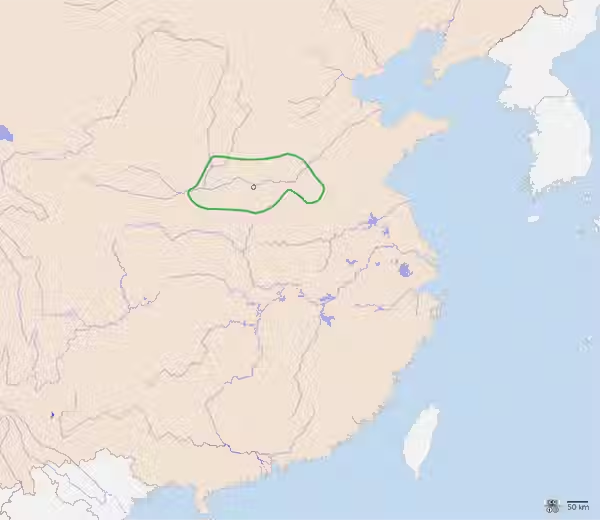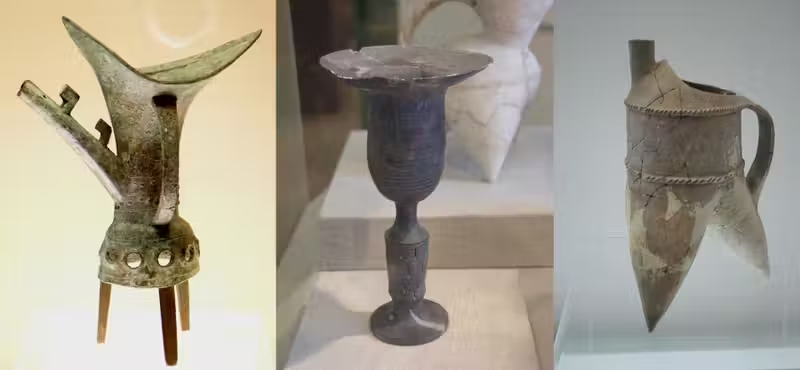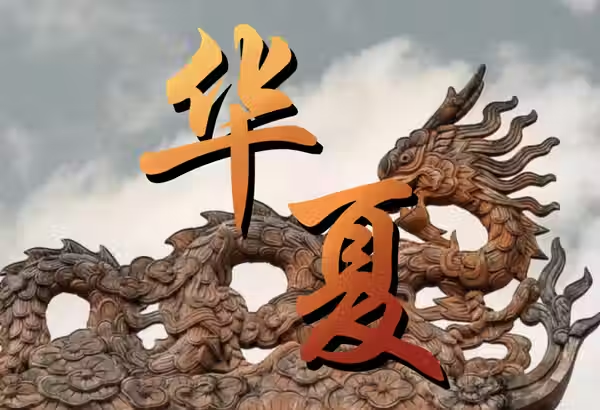Chinese Dynasty: Xia Dynasty (2070 to 1600 BCE)
The Xia Dynasty (夏, Xià) is the first recorded dynasty in Chinese history, thought to have ruled from around 2070 to 1600 BCE. Despite being shrouded in myth and legend, the Xia Dynasty is an important period in China's history, as it marks the beginning of Chinese civilization.
Origin

Portraits of Yu the Great
Legend has it that the Xia Dynasty was founded by Yu the Great (大禹, Dà Yǔ), a legendary hero who is said to have controlled the flood waters that ravaged ancient China. According to mythology, Yu's father, Gun (鲧, Gǔn), had tried and failed to control the floods, but Yu succeeded by dredging rivers, building dams, and constructing canals. This made him a hero in the eyes of the people, who eventually asked him to become their ruler.
Debate

Proposed map of Xia
The Xia Dynasty is believed to have been located in the Yellow River valley, in what is now northern China. Unfortunately, very little is known about the Xia Dynasty because of the lack of written records, and much of what is known is based on legend rather than fact. Historians have debated the existence of the Xia Dynasty, and some scholars have suggested that it may have been a fictional creation meant to give legitimacy to later dynasties.

Artifacts from the Xia Dynasty
Archaeological evidence has been found that supports the existence of the Xia Dynasty, including pottery, bronze artifacts, and city walls. However, the evidence is limited, and there is still much that is unknown about this early period in Chinese history.
On the contrary, the succeeding Shang Dynasty (商, Shāng), is better documented and known for its oracle bone inscriptions, which were used for divination.
Cultural Significance
Despite this uncertainty, the Xia Dynasty remains an important period in Chinese history, as it marked the beginning of Chinese civilization. It is believed that many of the cultural and technological advancements made during the Xia Dynasty would continue to influence Chinese society for centuries to come, including the development of Chinese writing and the use of bronze.

Nowadays, Chinese people still refer to themselves as 华夏儿女 (huá xià ér nǚ). 华 means "splendid" or "glorious", but in the past, it had the same meaning as 夏. So here, both 华 and 夏 mean the same thing, that is the Xia Dynasty. And 儿女 means "sons and daughters".
So together, the term 华夏儿女 refers to the Chinese people as the "sons and daughters of the glorious Xia Dynasty", reflecting a sense of pride and identification with the ancient history and culture of China.